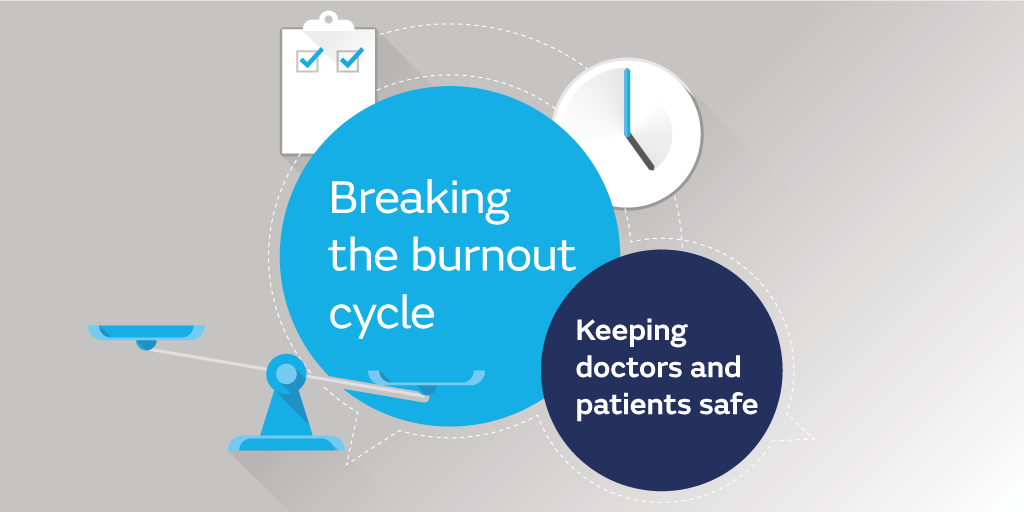Endoscopic complications case study
Post date: 13/11/2023 | Time to read article: 2 minsThe information within this article was correct at the time of publishing. Last updated 14/05/2025
This case is based on a real scenario, with some facts altered to preserve confidentiality.
The situation
An 81-year-old woman underwent a privately performed colonoscopy by a consultant gastroenterologist for investigation of ongoing abdominal pain and constipation.
Her past medical history included atrial fibrillation for which she was taking warfarin. This was not stopped prior to the planned procedure. She was consented for the risk of bowel perforation and the possible need for a biopsy if any polyps or lesions were identified and provided with an information leaflet.
At the time of colonoscopy, a 6mm flat polyp was visualised in the vicinity of the hepatic flexure. The consultant felt this required removal rather than biopsy but was unable to proceed with polypectomy due to the patient’s anticoagulated status, and a further colonoscopy with polypectomy was scheduled for six weeks later. The patient was advised to discontinue warfarin for five days prior to undergoing the second procedure.
At the time of the repeat colonoscopy, three flat polyps of 5mm – 10mm diameter were identified in the region of the hepatic flexure. All three were biopsied using hot diathermy forceps. The procedure was considered to have been uncomplicated and the patient discharged home.
Histology ultimately demonstrated benign tubular adenomas showing low grade dysplasia.
Several hours after the procedure, the patient attended the emergency department via ambulance complaining of severe lower abdominal pain in conjunction with nausea and feeling shivery.
On examination she was found to have a diffusely tender and slightly distended abdomen. Her white cell count was raised. An abdominal x-ray and erect chest x-ray were reported as being normal, but a CT scan of her abdomen revealed free air within the upper abdomen overlying the liver. Free fluid was identified around the right lobe of the liver and hepatic flexure, and the hepatic flexure was noted to be oedematous.
It was considered the likely diagnosis was colonic perforation, although no definite site of perforation was identified, and an emergency laparotomy was performed. This identified a perforation to the right colon, which was repaired. The patient made a reasonable recovery and was discharged home a few days later.
The case
The patient later brought a claim of clinical negligence against the gastroenterologist alleging that it was a breach of duty to perform a hot biopsy technique to destroy the polyps, and that the use of diathermy caused the bowel perforation.
The outcome
Gastroenterology expert opinion was sought in this case and the matter was settled for over £125,000 because:
The consent taken from the patient appeared to be limited as a detailed discussion of the risks and benefits of colonoscopy, biopsy and polypectomy was not clearly documented, and the information contained within the leaflet was insufficient.
There was no evidence to suggest that alternatives to diagnostic colonoscopy, such as CT colonography, were discussed.
There was no evidence to suggest that alternatives to endoscopic polyp removal, including the possibility of doing nothing, were discussed.
It was inappropriate to use a hot biopsy technique for polypectomy on the right side of the colon as per the British Society of Gastroenterology 2008 guidance, Colonoscopic Polypectomy and Endoscopic Mucosal Resection: A Practical Guide, which states there is a risk of transmural thermal injury if hot biopsy is performed in the right colon where the colonic wall is thin.
It is likely to have taken a considerable amount of diathermy to destroy a polyp of 10mm in size and it would have been preferable to remove this via endoscopic mucosal resection rather than diathermy destruction.
On the balance of probabilities, the use of diathermy resulted in perforation of the bowel.
Learning points
- Consider and discuss the options available with the patient, including the advantages and disadvantages of each possibility.
- Ensure any discussion regarding consent is detailed and fully documented in the contemporaneous records.
- Follow current available guidelines or, if deviating from guidance, be certain that this decision can be explained and justified.







